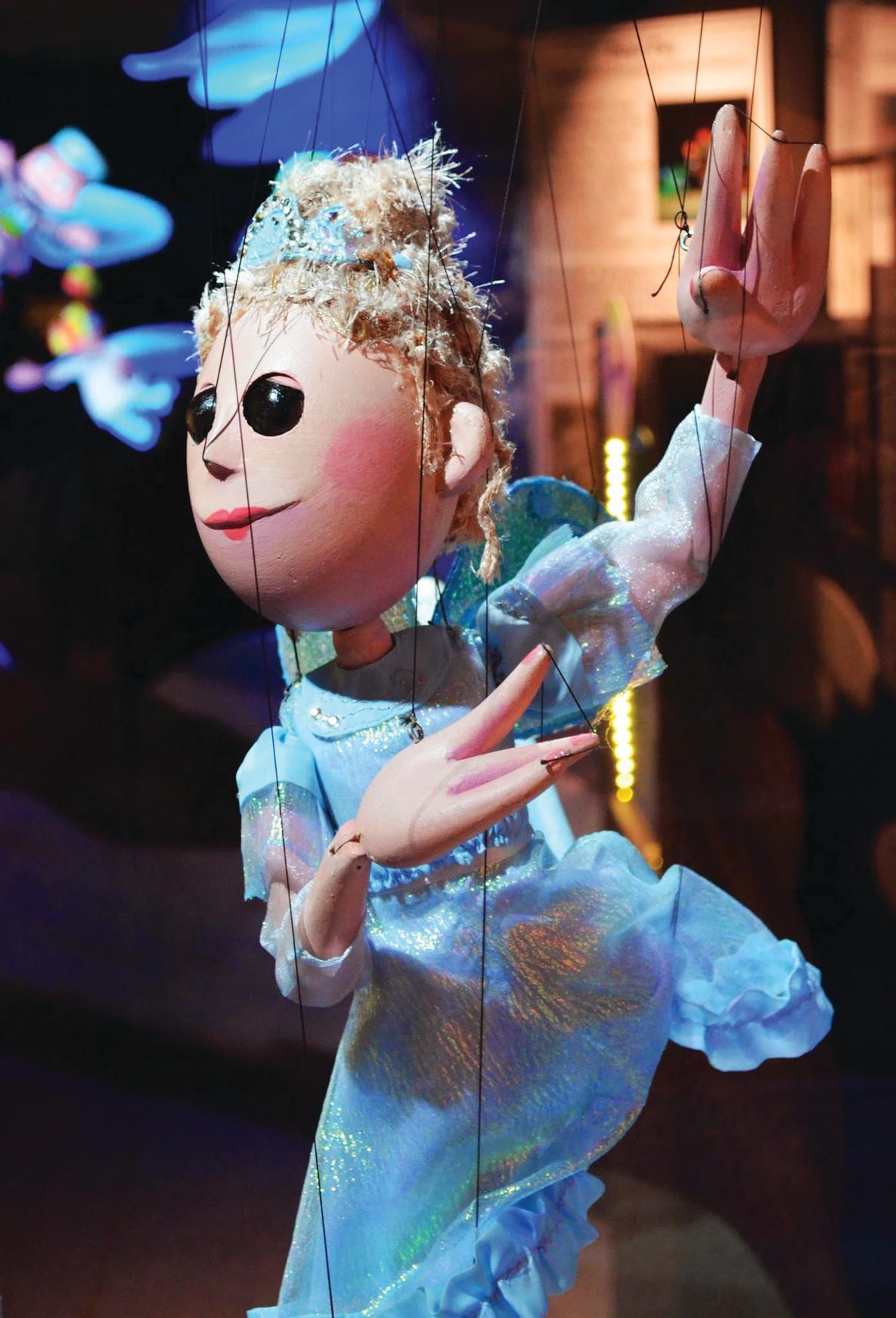
On the other hand, other recommendations such as those of Piotrow and de Fossard support the extended elaboration model, arguing, for example, for a careful balance between entertainment and education and the importance of credible plots, characters, and dialogue. For instance, the emphasis on the importance of positive role models by Chesterton can be seen to fit within the framework of social cognitive theory. In terms of enhancing the effectiveness of E-E interventions both models are useful. The extended elaboration model postulates an alternative-that it is the audiences’ engagement with the dramatic narrative that reduces their critical state and likelihood to counter-argue, priming them to be more receptive to new beliefs, attitudes, and behavior. The social cognitive theory suggests that people learn vicariously through models and these models should be both attractive and relatable to the audience and have their positive behavior reinforced and negative behavior corrected. Two primary theories underlie research into the effectiveness of E-E interventions. Over the last two decades, the concept of ‘Entertainment-Education’ (E-E) or ‘Edutainment’ has evolved into “the process of purposely designing and implementing a media message to both entertain and educate in order to increase audience members’ knowledge about an educational issue, create favorable attitudes, shift social norms, and change overt behavior”. The concept of integrating education and the performing arts has roots dating back to the origins of storytelling and examples of this practice are found across the world. The study provides guidance for modifications to the production, prior to scaling up. The performance was generally received positively in terms of the nature of the intervention, the fusion of traditional and Western music and story elements, as well as the use of wayang kulit to spread health information. Some participants were inspired to improve their hygiene practices, although the lack of motivation, or belief that they were unable to change was noted. The fusion of traditional and modern music and story elements were perceived positively. Wayang kulit was considered to be interesting and easy to remember, but concerns remained regarding the reliability of information provided through the drama. Responses analyzed both cross-case and within-case, focused on perceptions of the music and storyline, responses to the intervention, and the perceived appropriateness of wayang kulit for disseminating a health message. Semi-structured interviews provided in-depth responses from a sample (N = 12) of villagers.

This qualitative investigation assesses responses to an intervention designed around traditional Javanese shadow puppetry ( wayang kulit). However, interventions in developing, non-Western countries typically utilize Western entertainment forms. If you find any bugs in this program please report me at You need to enable JavaScript to run this Website.Performing arts used as a method of spreading health information dates back to the origins of storytelling.
Puppetry synonym free#
Please support this free service by just sharing with your friends. Select the language from the dropdown given below & click on the button (Or Enter) to get the Meaning in your language. These languages include Albanian, Swahili, Russian, Finnish, Spanish, Azerbaijani, Estonian, Macedonian, Croatian, Welsh, Arabic, Galician, Haitian Creole, Polish, Esperanto, Greek, German, Indonesian, Tamil, Latvian, Swedish, Belarusian, Slovenian, Dutch, Basque, Georgian, Lithuanian, Maltese, Japanese, Urdu, Malayalam, Turkish, Vietnamese, Catalan, Portuguese, Irish, Gujarati, Yiddish, Norwegian, Bulgarian, Telugu, Czech, Italian, Hebrew, Serbian, Romanian, French, Danish, Latin, Chinese Simplified, Korean, Ukrainian, Bengali, Slovak, Kannada, Persian, Icelandic, Afrikaans, Thai, Filipino, Malay, Chinese Traditional, Hindi, Hungarian etc.


It's a free Multilanguage dictionary with many languages around the World.


 0 kommentar(er)
0 kommentar(er)
